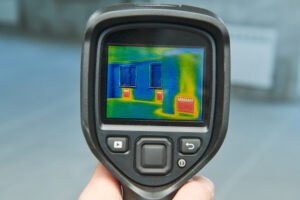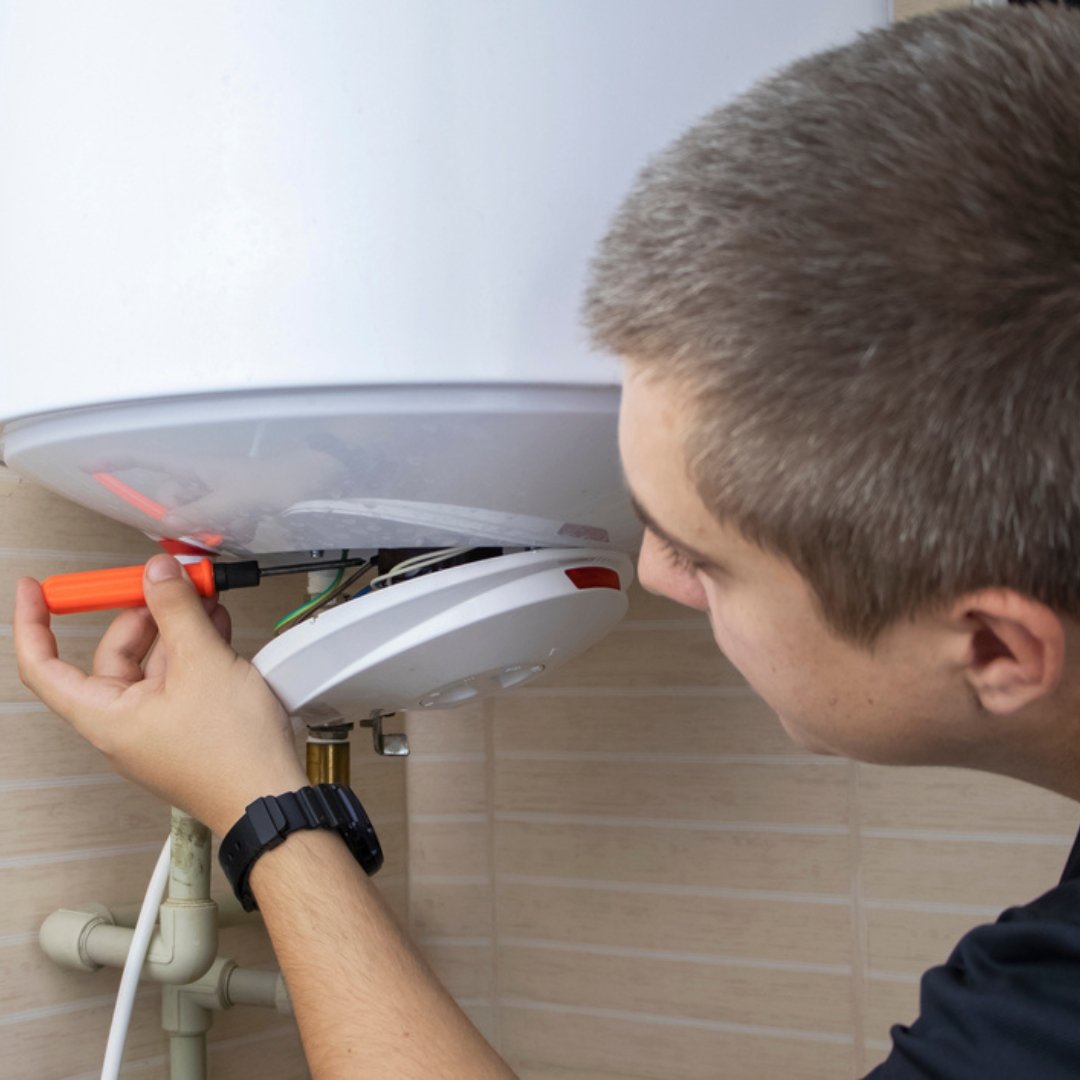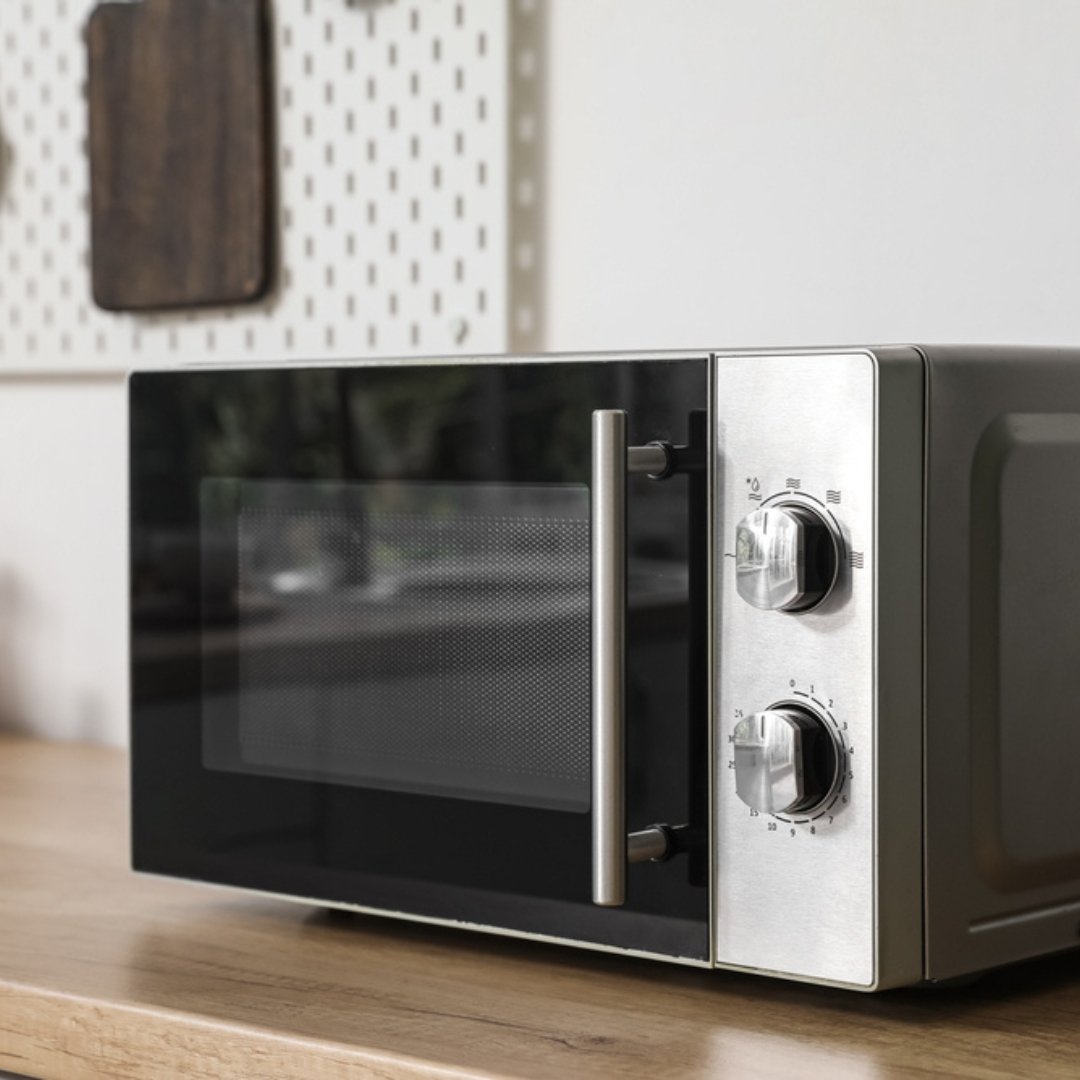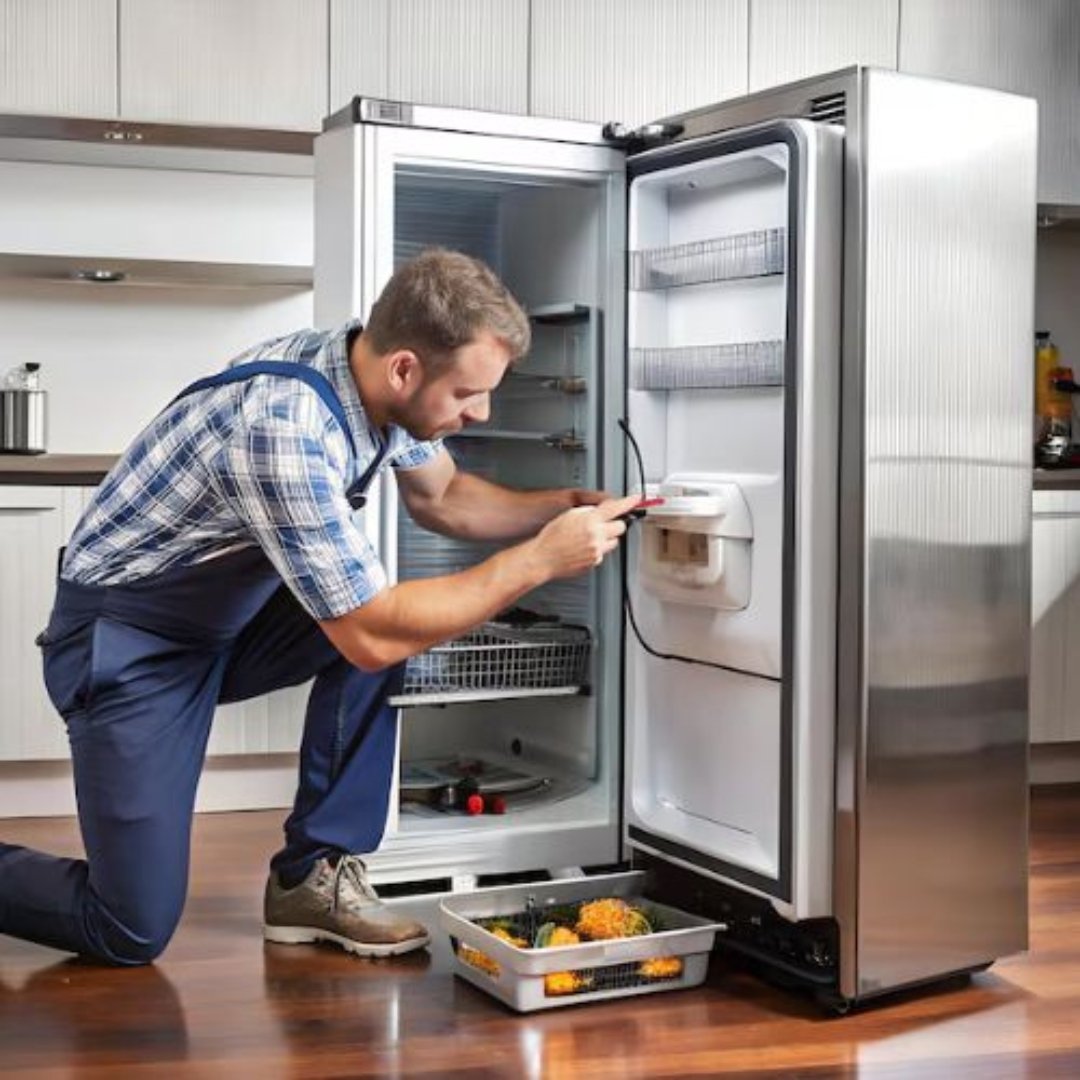How to Perform Microwave Leakage Testing: Step-by-Step Guide
Microwave ovens are incredibly convenient—but when they age or sustain damage, they may leak harmful microwave radiation. While most people are unaware, these leaks can pose real health risks. That’s why Microwave Leakage Testing is not just a recommendation—it’s a necessity, especially in workplaces like offices, commercial kitchens, hospitals, and schools.
In this blog, SafeTag walks you through a detailed, step-by-step process for conducting microwave leakage testing the right way. Whether you are a business owner, safety officer, or compliance manager, this guide will help you ensure your microwave appliances are safe and fully compliant with New Zealand standards. To Know More Click Here

What Is Microwave Leakage and Why Is It Dangerous?
Microwaves use electromagnetic radiation to heat food. This radiation is safely contained within the appliance—as long as the door seal, latch, and casing are intact. However, over time:
- Door seals wear out
- Hinges loosen
- Enclosures become damaged or misaligned
This can cause microwave radiation to escape, creating a hazard for users. Prolonged exposure to even low levels of leakage may result in:
- Eye damage (e.g., cataracts)
- Skin burns
- Fatigue and nausea
- Reproductive and neurological issues with chronic exposure
Hence, microwave leakage testing isn’t just about the appliance—it’s about protecting people. To Know More Click Here

Step-by-Step Guide to Microwave Leakage Testing
Proper microwave leakage testing is a critical part of ensuring electrical safety, especially in high-use environments like offices, hospitals, schools, and food service areas. Below is a detailed, professional breakdown of each step, as practiced by SafeTag’s expert technicians:
Step 1: Use Certified Microwave Leakage Detection Equipment
The very first step is choosing the right equipment for the job. Testing must be done using a calibrated microwave leakage detector that meets the latest safety standards.
Key points:
- The detector must be compliant with AS/NZS 60335 standards, ensuring safe, accurate readings.
- It should have the sensitivity to detect microwave radiation levels as low as 1 mW/cm², with alerts for levels above 5 mW/cm²—the legal safety threshold.
- SafeTag uses advanced detectors with digital displays and audio alerts to ensure nothing is missed.
Using uncertified or inaccurate equipment may give false readings, which can lead to unsafe appliances remaining in use.
Step 2: Prepare the Microwave for Safe Testing
Before any testing begins, the microwave must be properly prepared and loaded to mimic real-world operation. This ensures accurate detection of any leakage.
Steps involved:
- Visual Inspection: First, unplug the microwave and visually check the door, latch, hinges, and exterior for damage, warping, or dirt buildup.
- Functional Setup: Plug the unit back in and place a cup of water (approx. 250 ml) inside the microwave. This simulates real use and absorbs radiation to prevent overheating.
- Test Mode: Set the microwave to run at full power for at least 60 seconds. This is essential because leakage only occurs when the microwave is actively generating radiation.
At SafeTag, this step is carried out meticulously to catch any potential fault before testing begins. To Know More Click Here

Step 3: Test Around the Microwave Door and Seals
With the unit running, the technician now uses the detector to scan the microwave thoroughly—focusing on areas most vulnerable to radiation leaks.
How the scanning is done:
- The detector is moved slowly along the perimeter of the microwave door, particularly:
- Top edge
- Bottom edge
- Left and right sides
- Door hinges and latch mechanism
- The device is held about 5 cm away from the surface during the scan, which is the standard testing distance.
- SafeTag technicians repeat scans for consistency and rotate the device at various angles to catch leaks from all directions.
This step is crucial as most radiation leaks occur due to worn door seals, loose hinges, or imperfect closures.
Step 4: Identify Hotspots and Record Radiation Levels
While scanning, the leakage detector will either display the radiation level numerically or emit an audio signal if a threshold is breached.
What to look for:
- Readings above 5 mW/cm² indicate dangerous leakage and the microwave must be taken out of service immediately.
- Readings between 1–5 mW/cm² may still be flagged for further inspection, depending on the condition of the unit.
- Even a brief spike in readings can point to an intermittent seal failure, which requires attention.
SafeTag professionals carefully mark these “hotspots” on a report and may recommend repairs, decommissioning, or retesting. To Know More Click Here

Step 5: Document Results and Tag the Appliance
Once the testing is complete, SafeTag prepares a detailed report and tags the microwave according to its status—Pass, Fail, or Requires Attention.
What’s included in the documentation:
- Date of test, technician name, and equipment used
- Leakage levels detected (if any)
- Notes on visible defects or wear
- Photos of the unit and test process (if needed)
- Tag with next due date for testing
SafeTag also provides digital records for compliance audits and maintenance planning, making it easy for businesses to stay on top of safety regulations.

Why Trust SafeTag for Microwave Leakage Testing?
When it comes to electrical safety, choosing the right testing partner is crucial. At SafeTag, we go beyond basic compliance—we offer a complete safety solution that gives businesses the confidence that their environments are secure, efficient, and legally protected. We have built our reputation across New Zealand by consistently delivering accurate, professional, and hassle-free testing services.
Our technicians are certified and trained in current safety protocols, ensuring every microwave leakage test is conducted according to New Zealand’s strictest safety standards. With SafeTag, you don’t just get a test—you get precision, transparency, and peace of mind.
Here’s why thousands of businesses across NZ trust SafeTag:
-
Qualified Technicians Trained in All Safety Protocols
Our team is composed of fully trained, licensed professionals who follow strict safety procedures and are up to date with the latest compliance standards. -
State-of-the-Art Leakage Detectors
We use highly sensitive, professionally calibrated microwave leakage detectors that ensure accurate results—detecting even minimal levels of leakage. -
On-Site Testing with Zero Downtime
Our process is designed to be quick and non-disruptive. We perform on-site tests with minimal interference to your staff or operations. -
Full Compliance with New Zealand Safety Standards
Every test is conducted in accordance with AS/NZS 60335, guaranteeing legal and safety compliance for all types of commercial environments. -
Instant Digital Reporting and Asset Tagging
Results are recorded immediately in our system. You receive detailed digital reports, visual proof if needed, and safety-compliant tags with retest reminders.
Whether you manage a café, school, hospital, office, hotel, or industrial site, SafeTag ensures that your microwave appliances are safe to use and compliant with all local regulations. To Know More Click Here

When Should You Perform Microwave Leakage Testing?
Microwave ovens are powerful appliances. If not regularly inspected, they can become a silent source of danger in the workplace. That’s why routine microwave leakage testing should be an integral part of your Test & Tag safety protocol.
Knowing when to test is just as important as how to test. Failure to test at the right time can lead to non-compliance, equipment failure, or even exposure to harmful radiation.
Here are the recommended times to perform microwave leakage testing:
- Annually, or as Specified in Your Workplace Health & Safety Policy
Regular, scheduled testing (usually once a year) helps catch issues early and maintains a safe working environment. - After Any Repairs or Physical Damage to the Microwave
If the microwave has been dropped, dented, or repaired—especially around the door or hinge—it must be tested immediately to rule out leakage. - When Staff Report Unusual Behavior or Sounds
Complaints about the microwave door not closing properly, buzzing noises, or sparks should trigger immediate testing, even if the appliance seems to work normally. - As Part of Routine Test & Tag Compliance Cycles
Integrate microwave leakage testing into your broader electrical safety program to maintain consistency and meet your compliance requirements without added effort.
Regular testing not only ensures compliance—but more importantly, it protects people from avoidable harm. To Know More Click Here

Conclusion
Microwave ovens may look harmless, but undetected radiation leaks can quietly pose serious threats. Regular microwave leakage testing isn’t just a technical check—it’s a duty of care. With SafeTag, you’re not just testing appliances—you’re protecting people and ensuring legal compliance. Let us help you make safety easy, affordable, and reliable.
SafeTag – Your Safety Partner in New Zealand
Ensure workplace safety and compliance with SafeTag’s professional testing services. We offer certified solutions for Electrical Testing & Tagging, RCD Testing, Microwave Leakage Testing, and Portable Appliance Testing (PAT). Trust our experts for hassle-free, on-site service tailored to your business needs.




